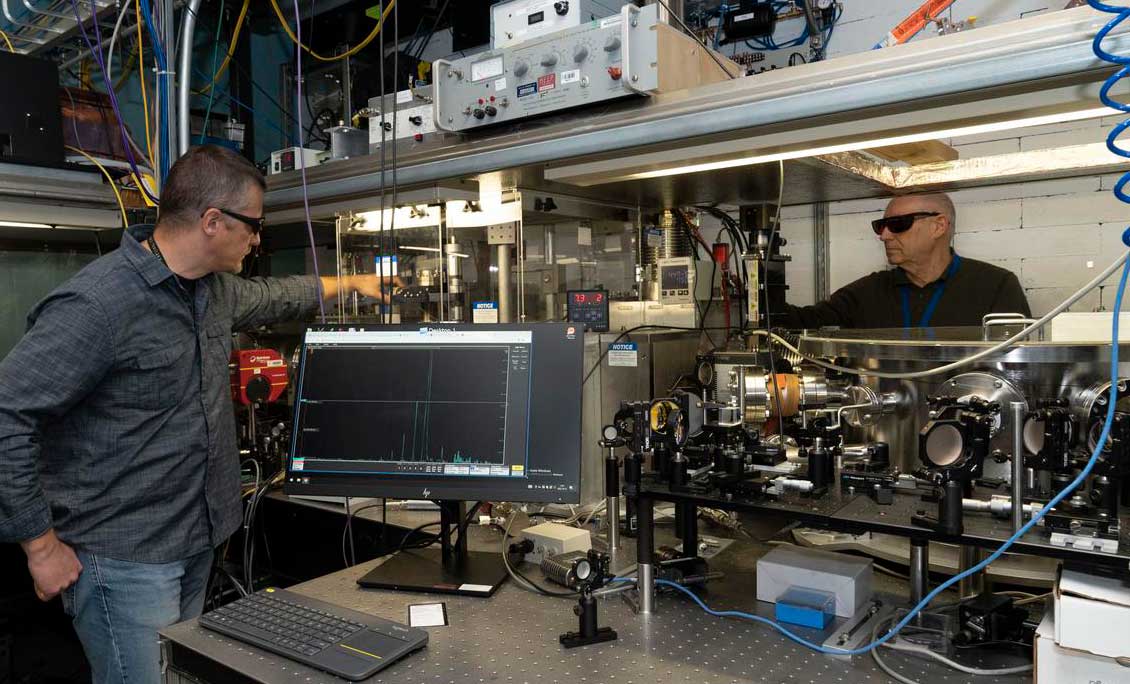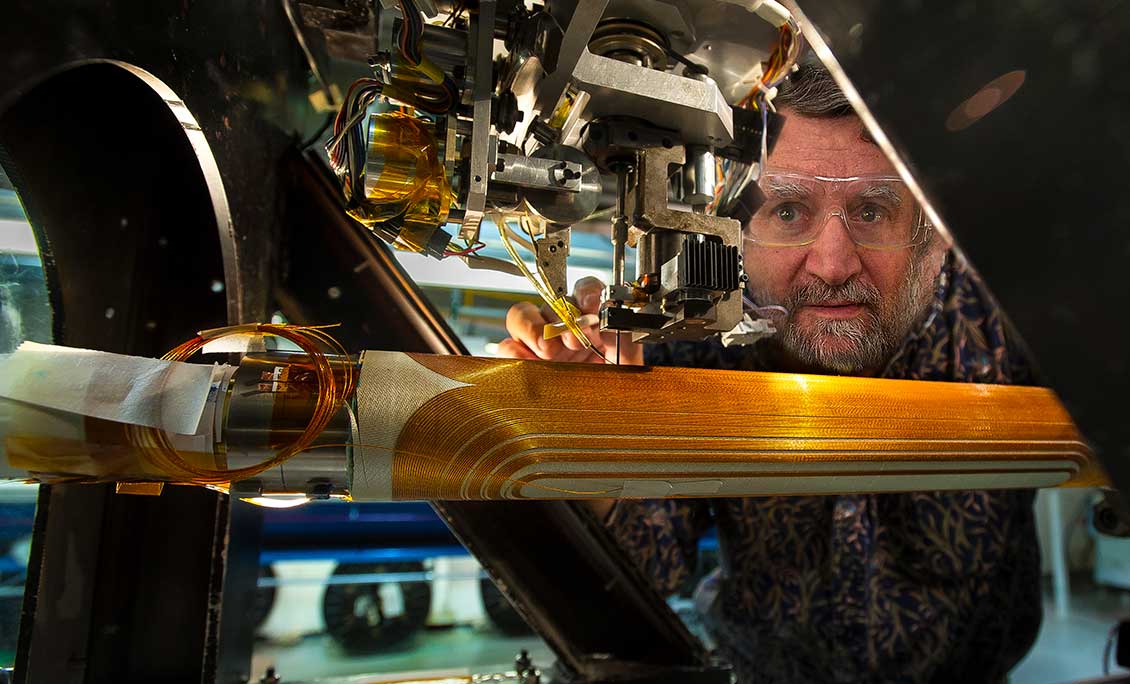

The Accelerator Science & Technology (AST) Department develops transformative technology advances that will form the basis of next-generation particle sources and accelerators; supports user-driven research into the science and technology of accelerator and laser physics; and helps enable the deployment of new technologies for basic science, industry, medicine, and security applications.
The Accelerator Science & Technology Department is comprised of the Accelerator Facilities Division (AFD) and Superconducting Magnet Division (SMD) and is part of Brookhaven’s Advanced Technology Research Office along with the Instrumentation Department. Both departments collaborate closely to provide cross-cutting technologies that support a range of scientific and national needs.
Accelerator Facilities Division
The Accelerator Facilities Division operates multiple facilities that allow researchers from around the world to study the science and technology of advance accelerator and laser systems.
Accelerator Test Facility
The Accelerator Test Facility (ATF) is a DOE Office of Science User Facility for DOE’s Accelerator Stewardship Program that offers users access to high brightness electron beams, near-infrared laser beams, and long-wave infrared laser beams with which to conduct their research. The ATF pioneered the concept of a user facility studying properties of modern accelerators and new techniques of particle acceleration over 30 years ago. In this role, the ATF has enabled key demonstrations of free electron laser techniques, the study of Compton scattering as a high energy x-ray source, the demonstration of direct laser acceleration, and unique studies of laser-driven ion generation and acceleration – among many other developments.
Low Energy Accelerator Development Facility
AFD is deploying the Low Energy Accelerator Development (LEAD) Facility which offers access to an MeV-class Ultrafast Electron Diffraction device and two radiation-shielded accelerator development and test bunkers offering 1,648 and 833 sq. ft. of research space, respectively, with a dedicated controls area to enable a broad range research and development activities with external partners and users. Access to both ATF and LEAD capabilities, as well as AFD expertise, can be obtained through a new research network, BeamNetUS, created by the DOE Office of Accelerator R&D and Production.

Accelerator Test Facility
Magnet Division websiteMagnet Division
Magnets developed by the Superconducting Magnet Division have been used in accelerators and experiments around the world that have enabled exploration of the fundamental forces and particles that govern the behavior of our universe. Examples include magnets for the Relativistic Heavy Ion Collider (RHIC) at Brookhaven, the Large Hadron Collider (LHC) at CERN and its high luminosity upgrade (HL-LHC), and the alpha-g experiment that has demonstrated the gravitational equivalency of matter and anti-matter.
The division also supports development for the Electron-Ion Collider, the next particle collider being constructed in the US, which will explore the fundamental properties of quarks and gluons and their interactions.
With more than 58,000 square feet of technical development space, along with facilities to wind, heat treat, vacuum impregnate, construct, and test conventional and superconducting electromagnets and cables, SMD staff work with collaborators globally to help design and build unique magnets, both normal- and superconducting, for science and energy applications around the globe.

Direct winding machine operated by the Superconducting Magnet Division.
Fundamental Research
SMD scientists also carry out fundamental research into the behavior of the superconducting materials that enable the construction of very high field magnets. This includes the study of high-temperature superconductors (HTS) —superconductors that operate at higher temperatures and can create higher fields than conventional metal-based superconductors. This research supports the mission of programs such as the US Magnet Development Program, INFUSE, and ARPA-E.






